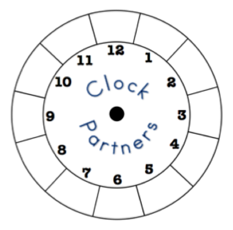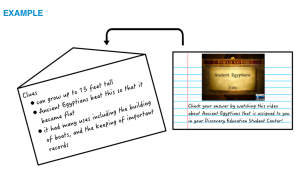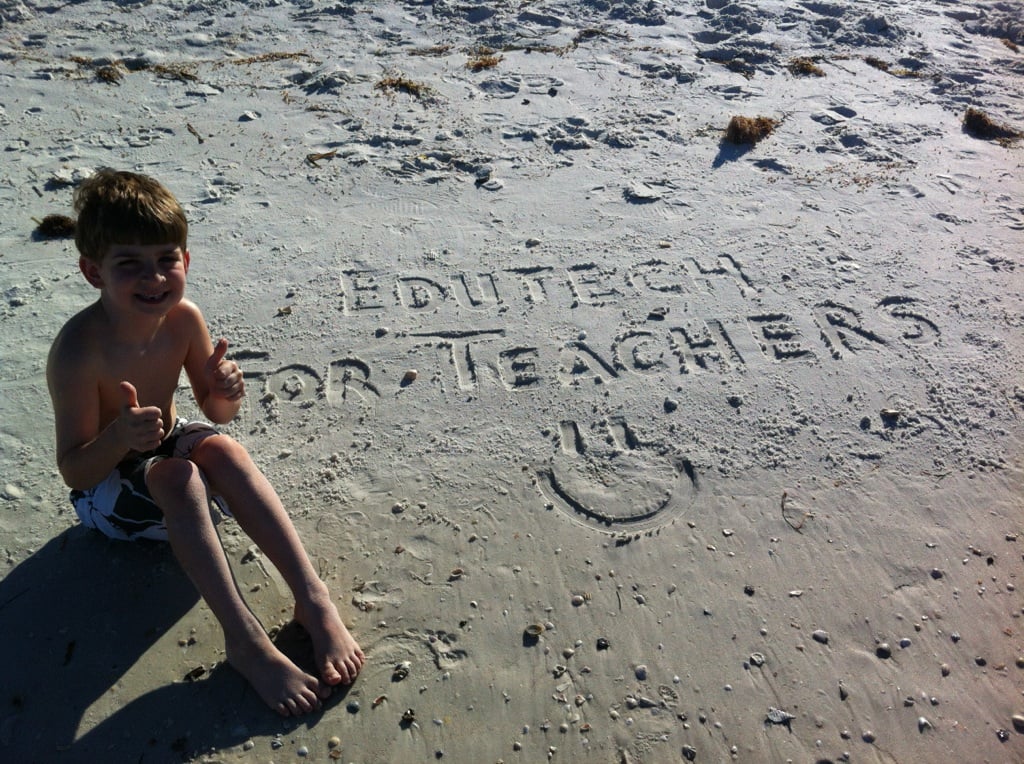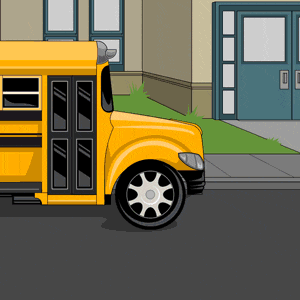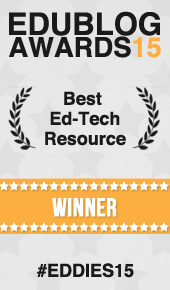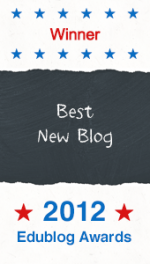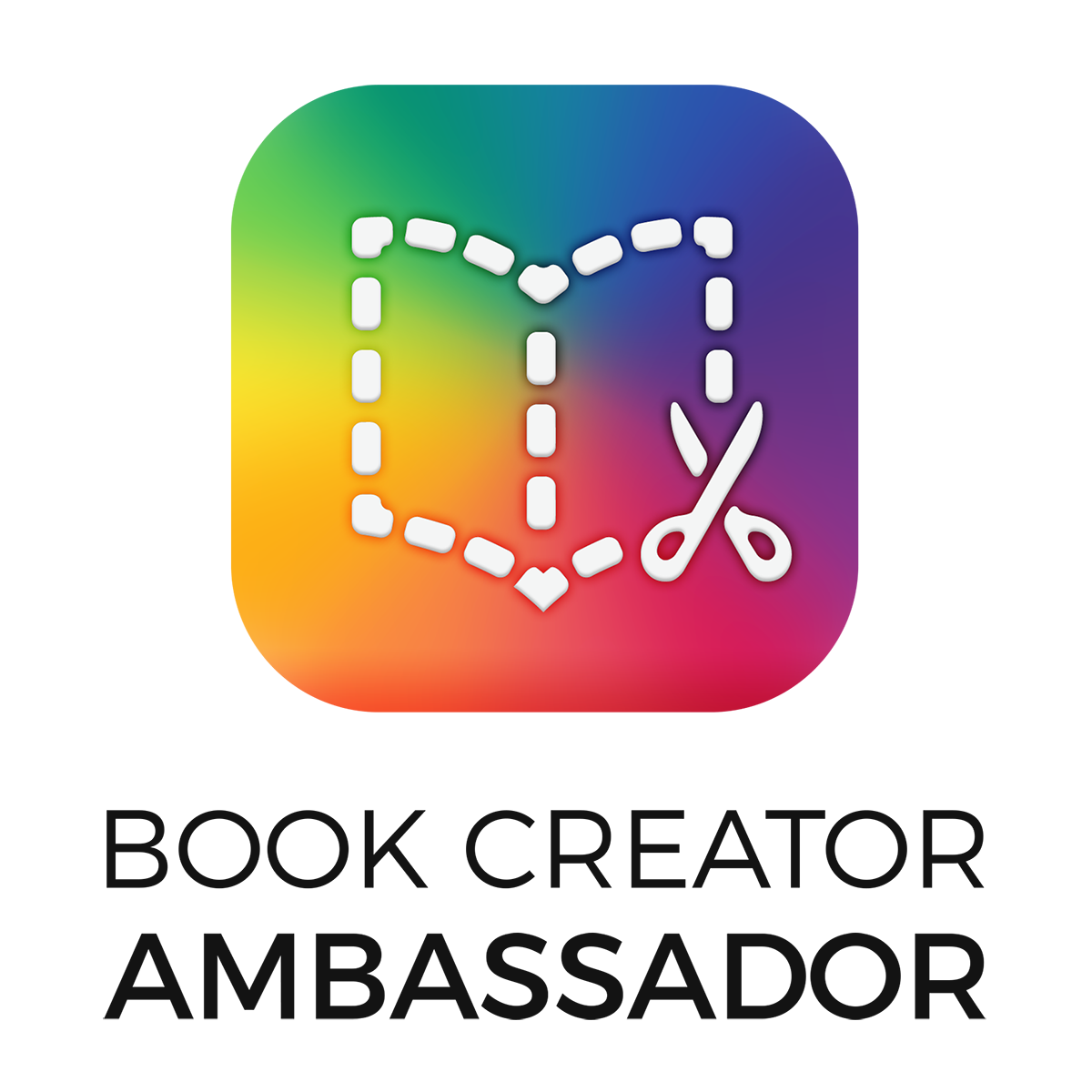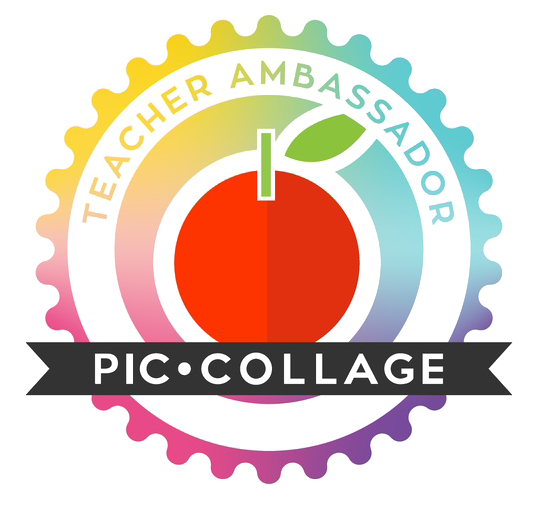Spotlight on Strategies: The Question Is…
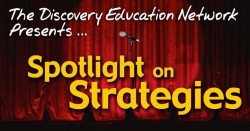 Even though there is always a mind-boggling amount of invaluable info shared on the Discovery Educator Network (DEN), one of the best resources available is the Spotlight on Strategies (S.O.S) series, a must-see DEN favorite designed to provide teachers with simple yet effective instructional practices for using digital content to support student learning.
Even though there is always a mind-boggling amount of invaluable info shared on the Discovery Educator Network (DEN), one of the best resources available is the Spotlight on Strategies (S.O.S) series, a must-see DEN favorite designed to provide teachers with simple yet effective instructional practices for using digital content to support student learning.
To date, there are 70+ teacher tried and tested strategies featured on the DEN blog, and with permission from Discovery Education, I am now featuring some of these techniques on my space.
So, enough of that. Let’s fast forward to the really good stuff…
This week’s spotlight—The Question Is…—is a formative assessment strategy that can be utilized to guide instruction, intervention planning and delivery.
Background
Formative assessment can help teachers better understand what students have learned as they progress through a unit of study. As a result, it’s important to find creative, effective and efficient ways to incorporate ongoing formative assessment. This strategy is easy to implement, requires no preparation, and uses materials commonly found in most classrooms. Yep, all you need is the answer to a pre-determined question and some sticky notes for student use. And best of all? It works in any classroom, with any age group!
The Question Is… technique is also a good springboard for classroom discussion, if students are asked to justify the questions they are posting, and obviously, it affords students an opportunity to practice formulating questions as well.
Now that I have your attention, all you have to do is click here to snag a PDF version of this super cool strategy which includes info related to materials needed and step-by-step instructions for utilizing the The Question Is… strategy in the classroom.
There’s even a video overview you can check out here. Pretty cool, eh?
And last, but certainly not least, here’s a visual to get those wheels turning…
Better yet—click here to check out the entire S.O.S. series on the DEN blog!
So, there you have it: Another S.O.S. trick to add to your edtech toolbox. Stay tuned for additional ways to activate learning in your classroom…
Like what you see? Then take the digital integration challenge by trying to implement the Half the Story strategy and/or one of these additional ideas into a classroom lesson:
» MVP



